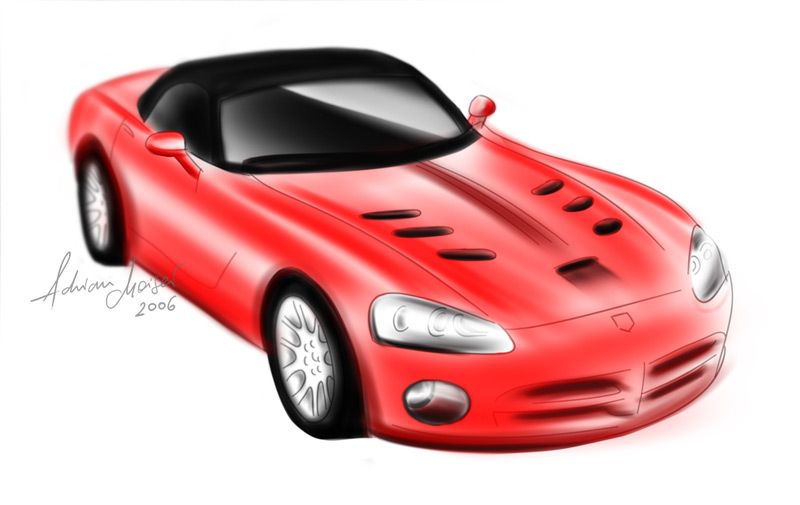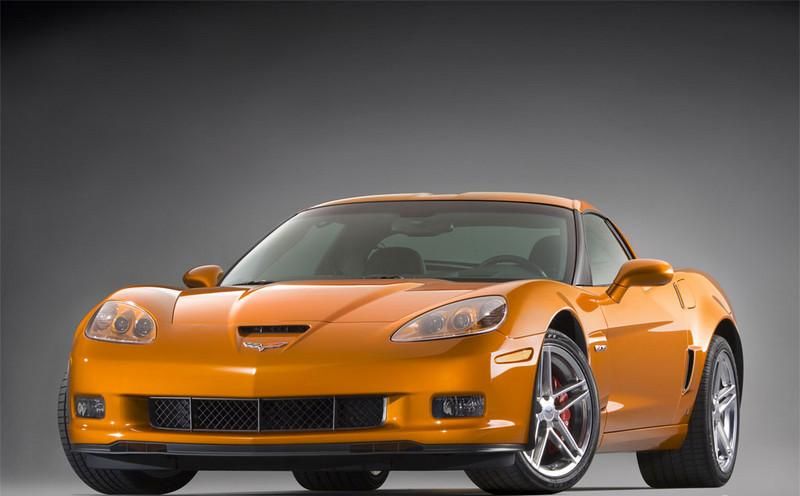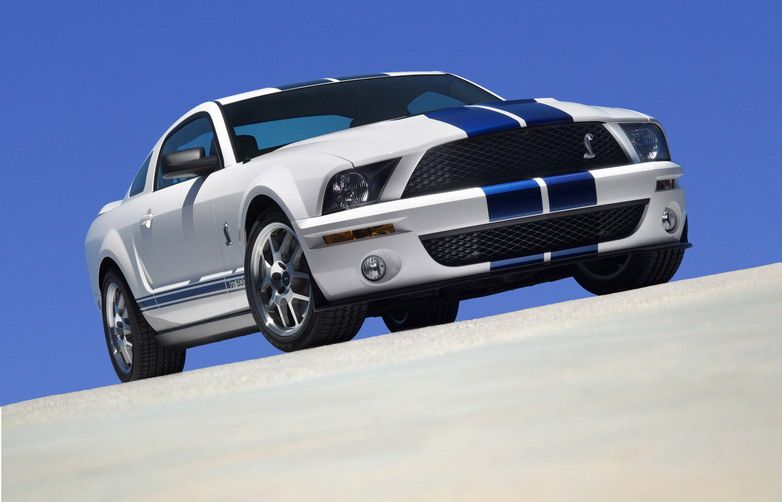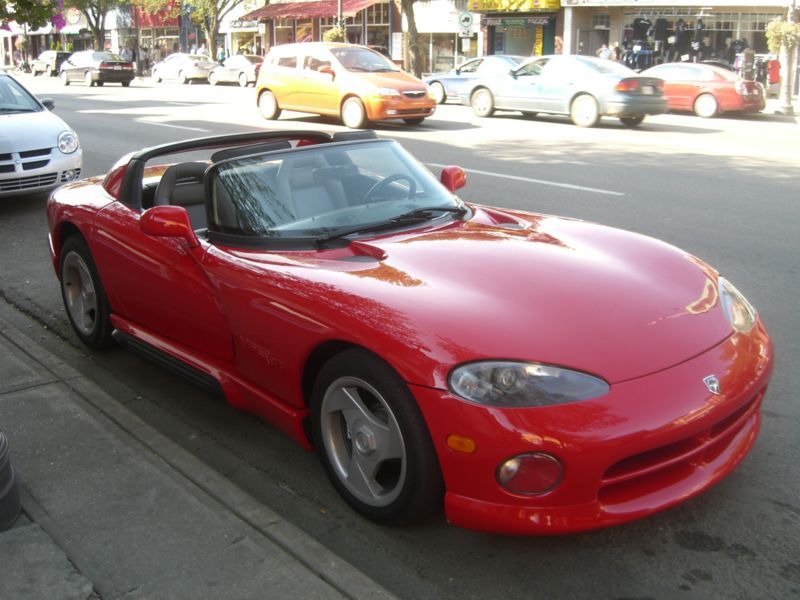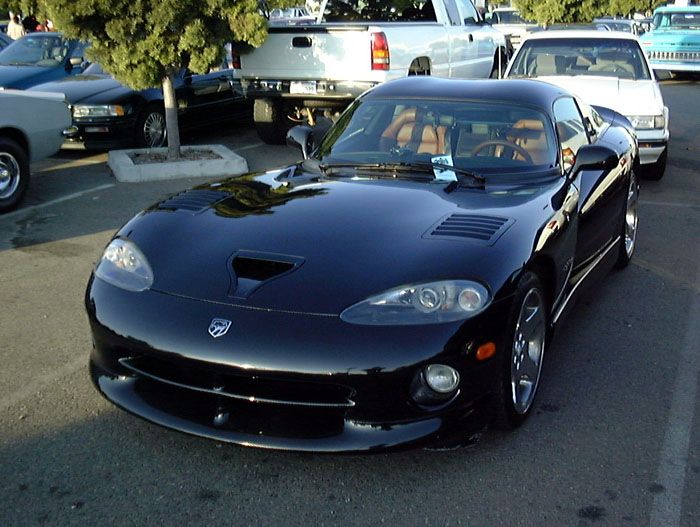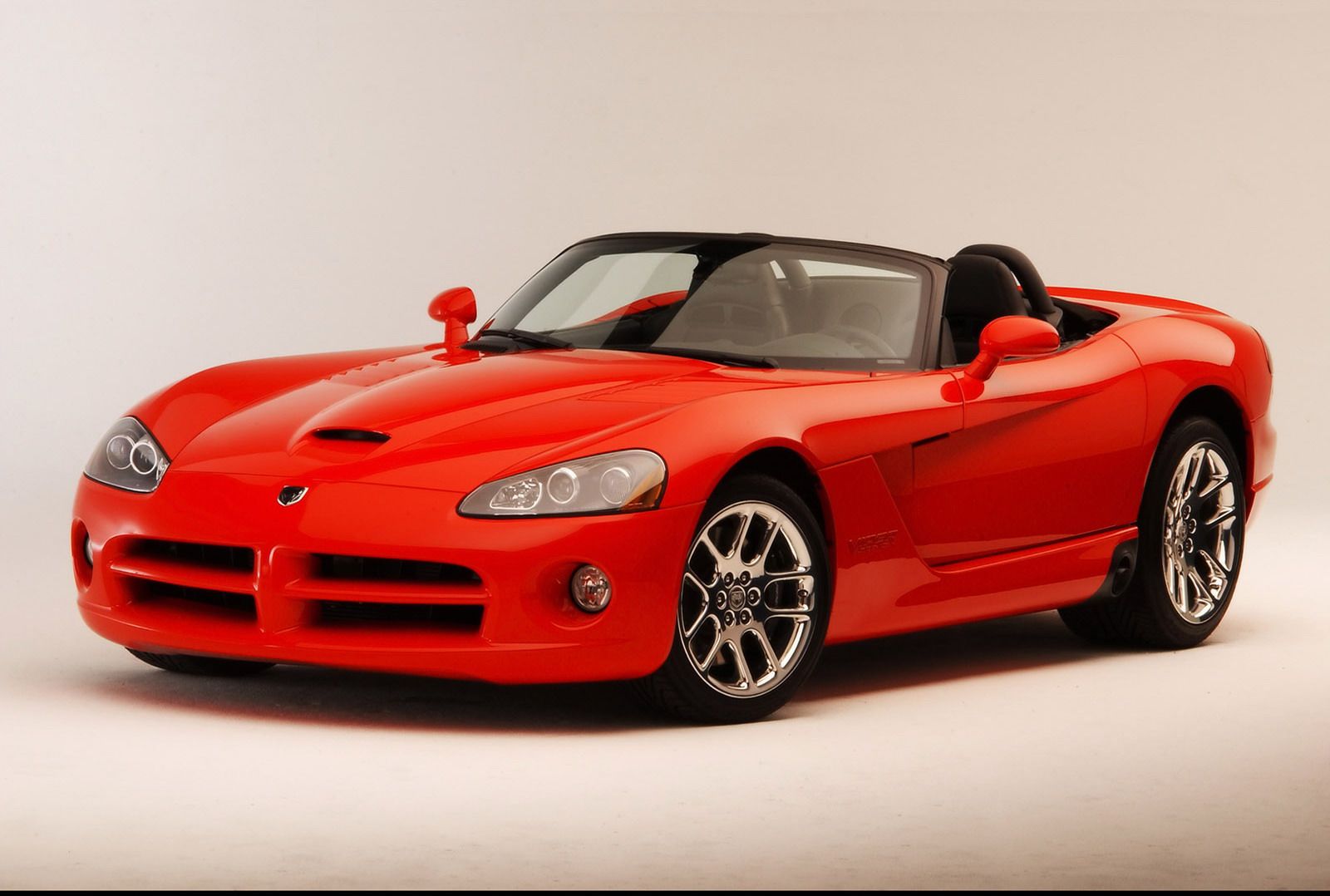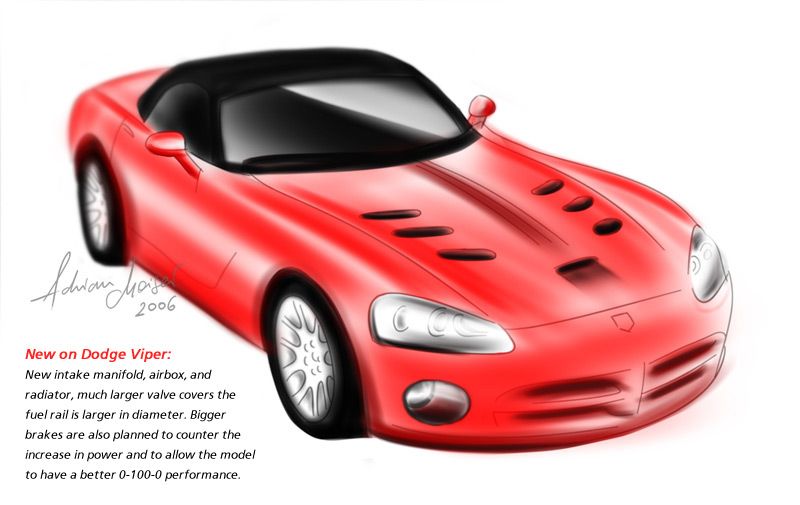Helped by McLaren, Dodge will unveil - in the first quarter of 2007 as a 2008 model - the new Viper, powered by a V-10 engine with an output between 600-650 horsepower. The new generation Viper will compete with cars like Corvette Blue Devil and Ford's new supercar planed to replace the GT.
dodge-viper
- Make: Array
- Model: dodge-viper
2008 Dodge Viper
- Make: Array
- Model: 2008 Dodge Viper
- Engine/Motor: V10
- Horsepower: 600-650
- [do not use] Vehicle Model: Array
The new Viper will feature new intake manifold, airbox, and radiator, much larger valve covers the fuel rail is larger in diameter. Bigger brakes are also planned to counter the increase in power and to allow the model to have a bette 0-100-0 performance.
Dodge intends to expand the horsepower in the new Viper. How? Working with McLaren and giving the new Viper a V10 engine (probably the one shown at SEMA in the ASC Diamondback Viper) with an output of 615 hp.
The 615hp Viper shown at SEMA features a carbon fiber roof, deck lid, rockers, fascia inserts, body trim and a massive OmniCarbon hood that shows off ten unique trumpeted air intakes, with individual port throttles, peeking through—a McLaren Performance Technologies feature reminiscent of McLaren Can-Am engines of the past.
Taken together with the powertrain modifications by McLaren Performance Technologies, the power-to-weight ratio was increased, resulting in an estimated increase in 0-60 mph time of 3.5 seconds.
Considering this, and the fact that maybe McLaren didn't show the all power of their engine, the new Viper it is very probably to have an output arround 700 hp (just a rumor). The car will have a top speed arround 210 mph (est).
"The 2008 Dodge Viper is solid - much faster and sleeker, while still keeping the twin hump in top (on coupe models) but with a whole new front end that’s sharper and more menacing."
-----
History
First generation Viper 1992-1995
The first generation Viper was introduce in 1991 with three pre-production models as the pace car for the Indianapolis 500 when Dodge was forced to substitute it in place of the Stealth, and went on sale in January 1992.
The Dodge Viper was modeled after the classic American muscle car, though the idea of the AC Cobra being the inspiration is untrue as the Viper is far too large and heavy to claim the Cobra as its inspiration.
The centerpiece of the first generation was its engine. The engine was originally designed as a truck engine and was based on the Chrysler LA engine. Lamborghini revamped the Dodge cast iron block V10 for the Viper by recasting it in aluminum alloy, which gave the engine a substantial boost in power. The Viper engine also included four valves per cylinder. This engine produced 400 horsepower and 450 ft pound of torque at 3600 rpm. The Viper also boasts great fuel economy at 21 miles to the gallon.
Typical of American performance car design, it had a front-mounted engine driving the rear wheels; it was also heavy with a curb weight of 3,280 lb and lacked many modern driver aids such as traction control or anti-lock brakes. The model completed the quarter mile in 12.9 seconds and had a maximum speed of 164 mph.
Second generation Viper 1996-2002
Second generation models increased engine power, improved suspension, and reduced braking distances; the 1996 to 2002 Viper GTS had a 450 bhp engine, which could complete the quarter mile 0.7 seconds faster and increased top speed by 22 mph.
Viper's previously exposed exhaust pipes now were enclosed. Routed through a single muffler at the rear, the exhaust system used two central tail pipes. Dodge claimed this reduced back pressure, boosting horsepower to 415 and torque to 488 pound-feet. Three color schemes were available this year, and only 500 roadsters were to be built before production moved to a new plant.
A removable hardtop was a new option. Vipers also got new side curtains with sliding glass windows to replace the former zippered plastic curtain. Restyled wheels wore Michelin MXX3 tires. In spring of 1996, a GTS coupe joined the original RT/10 roadster. The GTS was equipped with dual airbags, new seats with integrated safety belts, power windows, electronic door latching with an anti-theft system, adjustable pedals, 6-speaker CD system--and a new powerful (450-horsepower) engine.
In 2002, the end of second generation production was celebrated with the release of 360 commemorative "Final Edition" models. These models were painted red with white stripes, paying tribute to the famous race-winning Oreca cars.
Third generation Viper 2003-present
The next chapter of Dodge Viper continues to set the definition of extreme, yet features greater levels of refinement and finish. In other words, Viper retains its essence - its "Viperness" - while taking natural steps forward.
Those who have never driven or ridden in a Dodge Viper can scarcely understand the way the car translates torque into forward momentum, nor can they fully appreciate the turning and braking capabilities of its massive tires and disc brakes.
A new version of the Viper's four-wheel anti-lock disc brake system, originally introduced for the 2001 model year, is enhanced for this next-generation car.
With a new bored and stroked aluminum engine block that increases the Viper's displacement from 488 to 505 cu. in. and pushes its V-10 power output to 500 horsepower and 525 lb.-ft. of torque, Viper has no equal on the road.
-----
Competitors
Chevrolet Corvette Z06
As the fastest, most technologically advanced production model in Corvette’s 54-year history, the 2007 Corvette Z06 offers an unprecedented level of capability and technology, making it one of the best performance values on the market. And with an exterior design incorporating aerodynamic features that were co-developed with the Le Mans winning C6.R racecar, the 2007 Z06 has a visual attitude that always looks ready to demonstrate Corvette’s winning attitude to any challenger around the globe.
The Z06’s LS7 7.0L engine delivers 505 horsepower (377 kW) in a 3,132-pound (1,421 kg) package – a combination that delivers 0-60 performance of 3.7 seconds in first gear, quarter-mile times of 11.7 seconds at 125 mph and a top speed of 198 mph.
It also provides maximum lateral acceleration of 1.04 g and 60-0 braking in 111.3 feet; it also circuited Germany ’s famed N ü rburgring in a time of 7:43. Along with astounding performance, Corvette Z06 also returns surprising fuel economy of 26 mpg on the highway and avoids the gas guzzler tax common on the world’s supercars.
Ford Mustang Shelby GT500
The collaboration between Shelby and Ford’s Special Vehicle Team (SVT) is yielding an instant collector’s Mustang that builds 475 horsepower in its 5.4-liter supercharged V-8.
As expected of anything with Shelby’s name on it, the heart of the car is what’s under the hood. The Ford Shelby GT500’s supercharged 5.4-liter, 32-valve V-8 evolves from Ford’s experience with tuning its modular, or MOD, engines. Output is a brawny 475 horsepower.
The engine is force-fed an air-and-fuel mixture via a "Roots-type" supercharger providing 8.5 pounds per square inch of boost. The GT500 uses a cast-iron engine block. It borrows from the Ford GT program aluminum, four-valve cylinder heads, piston rings and bearings, adding a high level of performance durability to the drivetrain. "Powered by SVT" camshaft covers add the finishing touch to the engine.
While the big block, overhead cams and four valves per cylinder contribute significantly to the 475-horsepower output of the 2007 Shelby GT500’s 5.4-liter V-8, a Roots-type supercharger and intercooler are the icing on the cake. In fact, the configuration is similar to the Ford GT supercar, offering the right combination of classic Ford big-block power and modern technology. Using the Ford GT as a blueprint, SVT has given the GT500 more total horsepower than any factory Mustang in the car’s celebrated history.

